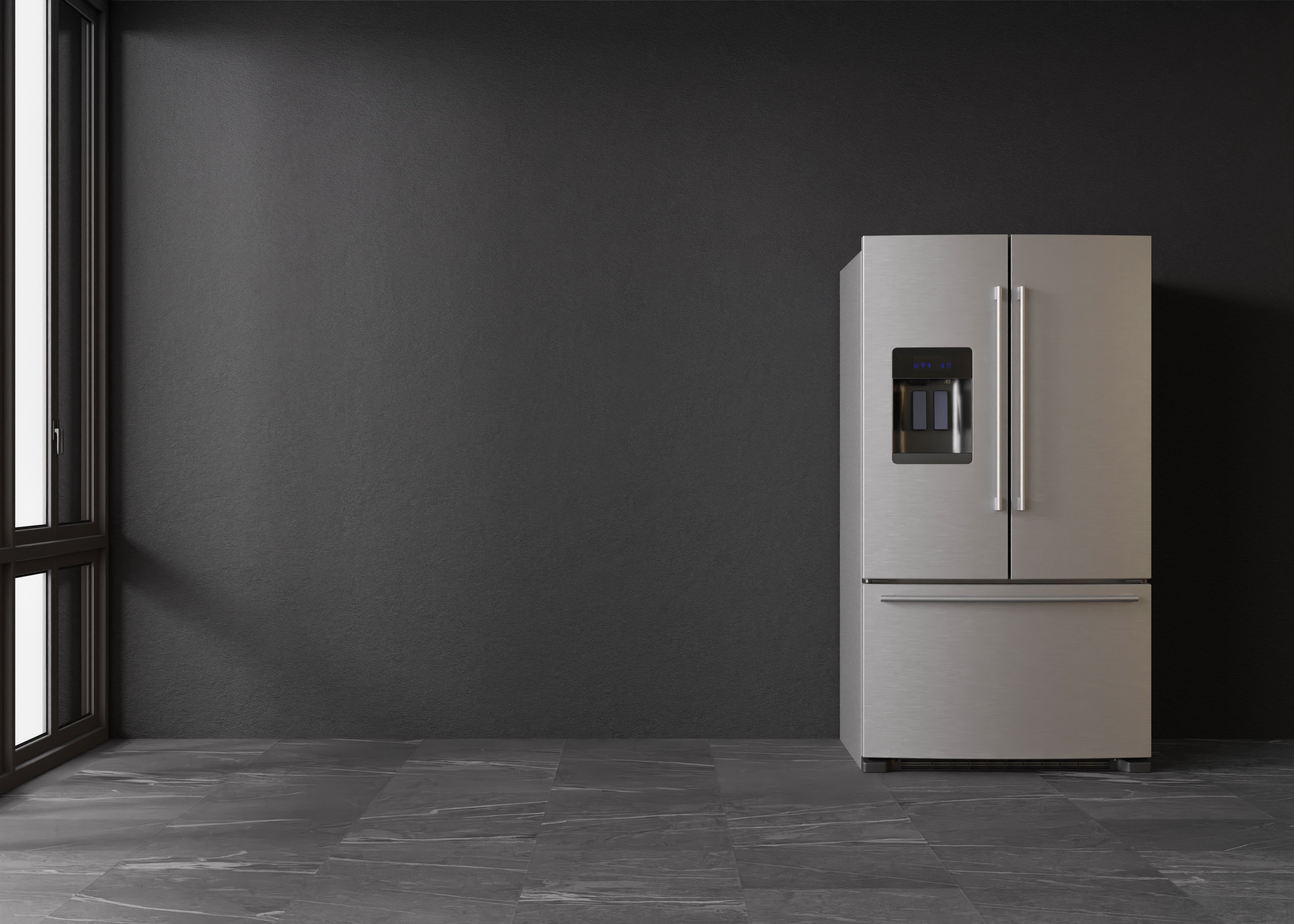The Comprehensive Guide to Refrigerators in the UK
Refrigerators are an important device in every household, serving a vital role in food conservation and safety. The UK market offers a varied variety of fridge types, sizes, functions, and brand names. This short article aims to provide an in-depth understanding of fridges available in the UK, including their features, energy effectiveness, and factors to think about when making a purchase.
Types of Refrigerators Available in the UK
When looking for a refrigerator, it is crucial to comprehend the different types available. Each type comes with its own set of functions and functions, accommodating various requirements and preferences. The most common types of fridges discovered in the UK include:
1. Top Freezer Refrigerators
- Description: The conventional design, featuring the freezer compartment on top.
- Pros: More economical, roomy, simple access to fresh food.
- Cons: Limited freezer area, the top may be less convenient for bulk products.
2. Bottom Freezer Refrigerators
- Description: Freezer lies at the bottom, enabling simpler access to fresh food.
- Pros: Greater benefit, much better exposure of fresh items.
- Cons: Usually more pricey, some may have a hard time with large frozen products.
3. Side-by-Side Refrigerators
- Description: Features 2 vertical compartments, one for the fridge and one for the freezer.
- Pros: Ample storage space, simple to access both frozen and fresh foods.
- Cons: Wider footprint, they may not fit in smaller kitchens.
4. French Door Refrigerators
- Description: Combines functions of bottom freezers and side-by-sides, with two doors for the fridge on top.
- Pros: Stylish style, roomy, and typically consists of innovative functions.
- Cons: Higher cost point, lines up inadequately with smaller cooking area designs.
5. Compact Refrigerators
- Description: Smaller models designed for restricted spaces.
- Pros: Ideal for small houses or offices, energy-efficient.
- Cons: Limited storage capacity, may do not have functions.
6. Integrated Refrigerators
- Description: Designed to blend flawlessly with kitchen cabinets.
- Pros: Custom fit, aesthetic appeal, increases home value.
- Cons: Higher expense, may provide less versatility in placement.
7. Smart Refrigerators
- Description: Equipped with Wi-Fi and smart innovation features.
- Pros: Advanced features like touch screens and internal electronic cameras.
- Cons: Expensive, more intricate to repair.
| Refrigerator Type | Availability | Average Price Range | Energy Efficiency |
|---|---|---|---|
| Top Freezer | Moderate | ₤ 300 - ₤ 600 | Average |
| Bottom Freezer | High | ₤ 400 - ₤ 800 | Above Average |
| Side-by-Side | Easy | ₤ 800 - ₤ 1500 | Differs |
| French Door | High | ₤ 800 - ₤ 2000 | High |
| Compact | Limited | ₤ 200 - ₤ 500 | Typical |
| Integrated | Customized | ₤ 1000 - ₤ 2500 | High |
| Smart | Variable | ₤ 1200+ | High |
Secret Features to Consider
- Energy Efficiency: Look for designs that are energy-efficient. In the UK, devices are ranked from A (most efficient) to G (least effective). An A+ rating and above can cause considerable energy cost savings.
- Capacity: Choose a fridge with enough capacity for your household. A standard guideline is 100-200 liters per person.
- Sound Level: Consider models that run silently, specifically if the kitchen is near living areas.
- Cooling Technology: Features like frost-free innovation are worth the financial investment, as they reduce upkeep.
- Adjustable Shelves: Having adjustable shelves improves the flexibility to keep bigger products.
- Temperature Control: Check for easy-to-use temperature level controls and zones for different kinds of food.
- Style: Choose the style and color that matches your cooking area aesthetic, whether you choose a contemporary stainless steel appearance or a classic retro finish.
Buying Tips
- Identify Your Needs: Consider your cooking habits, family size, and cooking area area.
- Set a Budget: Refrigerators come in different rate varieties. Establish a spending plan before you begin going shopping.
- Research Energy Ratings: Invest in energy-efficient designs to save on energy costs.
- Read Reviews: User experiences can provide insights into reliability and efficiency.
- Compare Brands: Some brand names are understood for their resilience while others might offer more innovative functions.
Often Asked Questions (FAQs)
1. The length of time do refrigerators typically last?
- Refrigerators typically last between 10 to 20 years, depending on the brand name and how well they are maintained.
2. Exist any maintenance pointers for lengthening the life of a refrigerator?
- Regularly tidy the coils, check the door seals, and periodically defrost if needed to preserve ideal efficiency.
3. What is the best size refrigerator for a family of 4?
- For a household of four, a refrigerator with a capability of around 400-600 liters is usually enough.
4. Do I need to fret about energy usage when buying a refrigerator?
- Yes, energy usage is important. Look for units with high energy efficiency rankings to decrease month-to-month costs.
5. Should I pick a fridge with a water and ice dispenser?
- This feature can be hassle-free, specifically for families. However, zacharywilshire.top might require more upkeep than basic models.
Purchasing a refrigerator is a considerable choice for any family in the UK. With various types offered, each with its unique functions and benefits, it is crucial to assess specific requirements before choosing. By thinking about aspects such as energy efficiency, capacity, and design aesthetic appeals, consumers can pick a fridge that aligns well with their way of life, ultimately improving their kitchen experience while protecting food quality and freshness.

